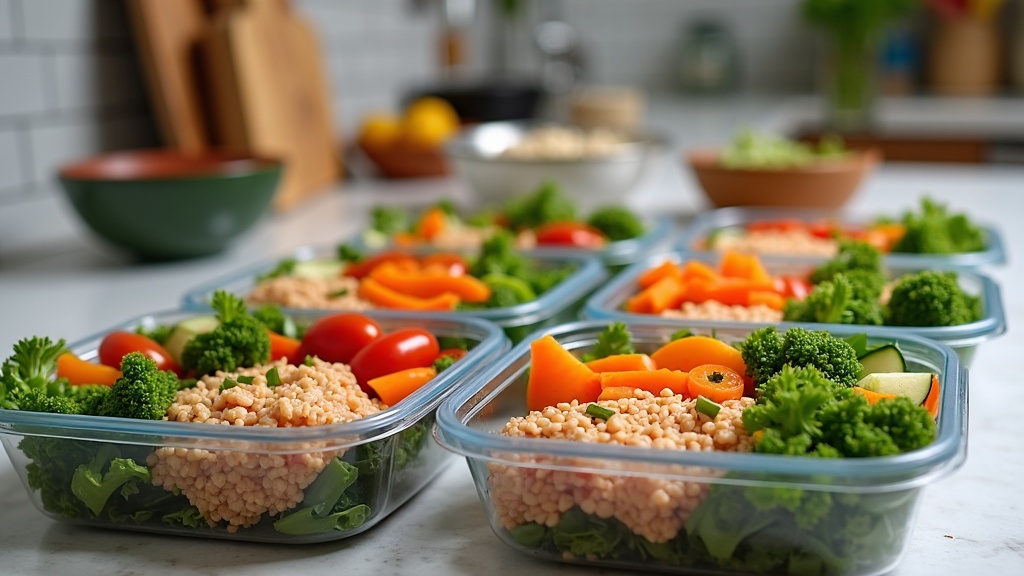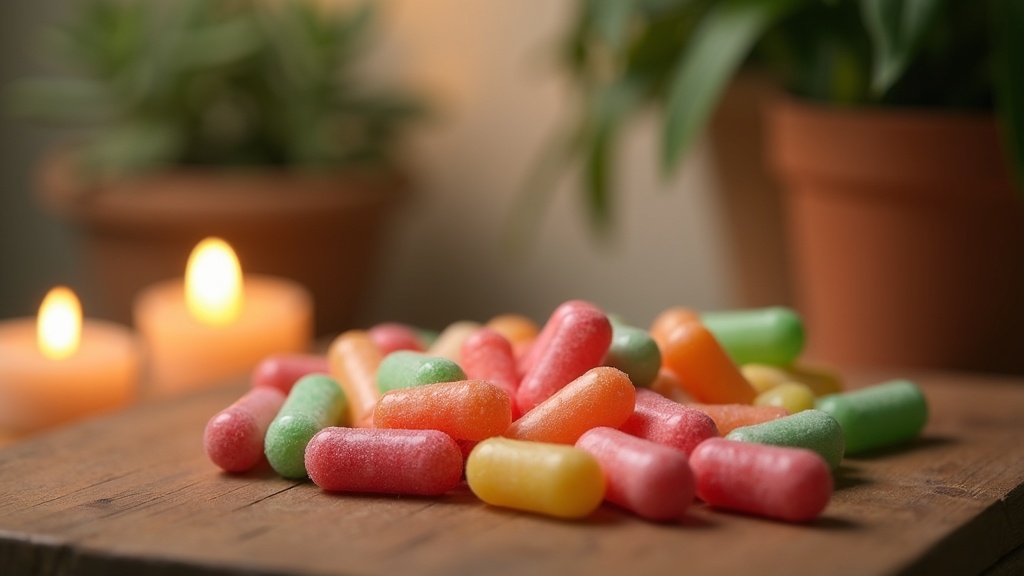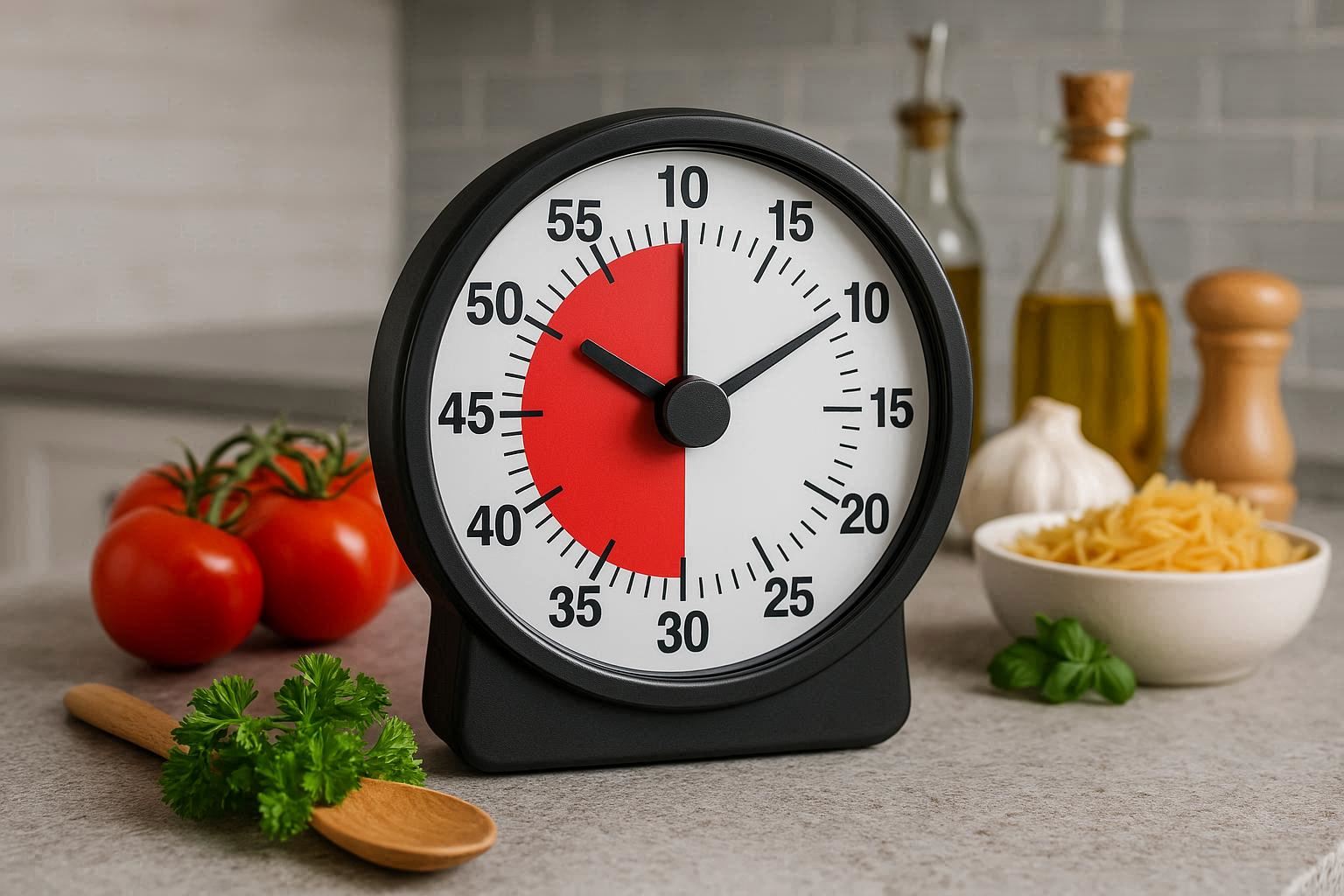If you’re trying to keep your eating habits steady, meal prepping can be a real game changer. I’ve found that spending a little extra time planning my food pays off throughout the week, saving money, reducing stress, and keeping my nutrition in check. Here’s my guide on meal prep tips for staying on track with your diet, packed with practical info and real-life advice.

Why Meal Prep Makes a Difference for Your Diet
Meal prepping isn’t just about loading up containers of grilled chicken and rice. When I prep my meals ahead, I build guardrails that help me stick with my personal nutrition goals. This could mean hitting calorie targets, balancing macros, or just making sure I’m eating more vegetables—whatever my goal at the time, prepping has helped me stick to it.
It’s also about convenience. Knowing what I’m eating cuts down on random snack attacks or those last-minute unhealthy takeout orders. In fact, a 2017 study from France even showed that people who planned their meals regularly had higher odds of maintaining healthier diets and lower odds of obesity. Having a plan in place doesn’t guarantee you’ll never be tempted by junk food, but it does make skipping it much easier.
Plus, meal prepping can give a boost to your confidence in the kitchen and help you stumble upon new favorite recipes. With a stocked fridge of homemade meals, I find it less tempting to hit up the drive-thru. Consistency in meal prep means less food waste and more balanced eating overall.
How to Stay Consistent With Meal Prepping
For me, consistency comes down to habits. Getting into a groove with meal prepping isn’t always easy at first, but a few realistic strategies have helped me stick with it over time:
- Pick a prep day: I block off an hour or two every Sunday, but any day that fits your schedule works just as well. Treat it like any other appointment.
- Start simple: Focusing on just one or two meals, like lunches and snacks, helped me avoid getting overwhelmed. Building up as I got more comfortable made it sustainable.
- Use repeatable recipes: I rely on meals I can double up, such as big batches of chili, roasted veggies, or grain bowls. This saves time and makes grocery shopping easier.
- Invest in decent containers: Stackable leakproof containers keep things fresher and make packing my fridge faster.
- Forgive missed weeks: If I skip a week, I don’t sweat it. I just start again the next week instead of quitting altogether.
Staying on track doesn’t mean being perfect. It means adjusting as life happens and sticking to routines that truly fit your lifestyle. The more you do it, the easier it’ll get to keep meal prepping as a regular part of your week.

The 4-2-3-1 Diet Plan: What Is It?
The 4-2-3-1 diet plan may not be as well-known as keto or intermittent fasting, but it’s an easy to follow framework for meal planning. Essentially, it gives you a straightforward guideline for how you split up your plate or meal components throughout your day. Here’s how it usually breaks down:
- 4: Four servings of vegetables per day; think leafy greens, carrots, broccoli, or anything nonstarchy.
- 2: Two servings of fruit per day; apples, berries, bananas, or whichever fresh fruits you like.
- 3: Three servings of protein per day; chicken, fish, tofu, or other lean sources.
- 1: One serving of whole grains per day, such as brown rice, quinoa, or oats.
This plan keeps your meals balanced and simple. If I’m ever unsure about what to add or cut back on, I use this template to get back on track. It’s practically foolproof for getting a mix of all the basics without overthinking it, and it works well whether you’re eating at home or on the go.
Meal Prepping for Weight Loss: What Works Best?
If weight loss is part of your goal, prepping meals can make a real difference. Cooking at home helps with tracking calories, controlling portions, and cutting back on hidden fats, sugars, or sauces. I’ve picked up a few tips that make my own weight loss meal prep manageable and enjoyable:
- Create a tailored plan: Knowing your calorie needs (there are lots of free calculators online) sets a baseline. I map out three or four basic meals and rotate them during the week.
- Balance nutrients: Each container gets a combo of lean protein, veggies, and a healthy carb. This keeps me full and powers me through the day.
- Don’t skip healthy fats: A splash of olive oil, some avocado, or a handful of nuts goes a long way and prevents hunger later.
- Preportion snacks: I bag my snacks ahead of time—veggie sticks, boiled eggs, or yogurt—so I’m not raiding the cookie jar at night.
- Mix up seasonings: Switching spices or sauces makes the same base ingredients feel brand new, so I never get bored.
Adding some variety is key, especially when you want to enjoy your food. If you like more balanced meal ideas, check out MyPlate.gov to track down more inspiration that supports healthy weight loss. You’ll stumble upon simple swaps that make your meals both tasty and nutritious.

Is Meal Prepping for 5 Days Safe?
Prepping food for several days at a time is super common, but keeping food safety in mind is smart. I usually prep for four or five days at once, and as long as I follow a few safety basics, I don’t run into problems.
- Refrigerate promptly: I put cooked foods in the fridge within two hours of cooking. Most cooked meals last safely for three to five days if kept cold (according to the USDA).
- Label containers: Adding the date on containers makes it easy to know what to eat first.
- Freeze extras: If I prep for more than four or five days, I freeze some meals to keep them fresh until I need them.
Foods that hold up for five days include baked chicken, hardboiled eggs, roasted vegetables, brown rice, and bean salads. Seafood and softer veggies can spoil faster, so I eat those earlier in the week. If you’re uncertain, check guidelines on safe storage or just give a once-over for any signs of spoilage before eating.
Take Up a Notch Your Meal Prep Game: Tips for Success
Once you’re comfortable with the basics, a few tweaks can make meal prep work even better for your goals:
- Batchcook basics: Cooking plain protein, veggies, and grains lets you mix and match though the week, making meals feel new each day.
- Stay organized: A quick meal plan and grocery list saves time and money. Having some versatile pantry staples (canned beans, frozen veggies) means I can always throw together something if plans change.
- Get creative with leftovers: When I get tired of regular chicken, I shred it for tacos or stir it into soup for a totally new meal.
- Use flavor builders: Sauces, salsas, and spice mixes keep things fun. I enjoy experimenting with things like chimichurri, pesto, or just a spoonful of Greek yogurt and herbs.

Frequently Asked Questions
Question: How do I keep meals from getting soggy in the fridge?
Answer: I store dressings and sauces in separate containers and add them just before eating. Keeping salad greens or roasted veggies apart from toppings until serving time helps keep everything crisp.
Question: Are there any foods that aren’t good for meal prep?
Answer: Some foods don’t keep well. For instance, cut avocado, most fresh berries, or fried foods lose freshness quickly. I stick with staples like carrots, broccoli, beans, and most grains, which last several days without issue.
Question: Can meal prep work for vegetarians or vegans?
Answer: Absolutely. There are tons of plantbased proteins and hearty vegetables that hold up well. I prep tofu, beans, lentils, quinoa, or tempeh for solid nutrition and good variety in my meals, and swap in seasonal produce for fun.
Bonus: Factor
Don’t want to cook at all? Factor delivers fully prepared, dietitian-approved meals that are ready to heat and eat—perfect for a no-fuss, healthy lifestyle.
Planning ahead and staying on track with your meals doesn’t have to be stressful. Whether you’re trying to eat healthier, save time, or just avoid another last-minute grocery run, these meal delivery services make cooking at home easier and more enjoyable. Here are my top personal recommendations:
1. HelloFresh
One of the most popular meal kit services for a reason—HelloFresh offers easy-to-follow recipes, fresh ingredients, and flexible plans to suit any lifestyle. It’s great for beginners and busy households alike.
2. Blue Apron
Known for its chef-curated meals and quality ingredients, Blue Apron makes it fun to explore new recipes and flavors while improving your cooking skills.
3. Green Chef
Perfect for those with specific dietary needs—like keto, paleo, or plant-based—Green Chef delivers organic, nutrition-packed meals that taste amazing and support your goals.
4. Home Chef
Home Chef is all about customization. You can swap proteins, double up on portions, or choose from oven-ready meals when time is tight.
5. Sunbasket
If you’re focused on clean eating, Sunbasket is a standout. They offer organic produce, sustainable proteins, and meal options for a variety of diets including Mediterranean, gluten-free, and more.















